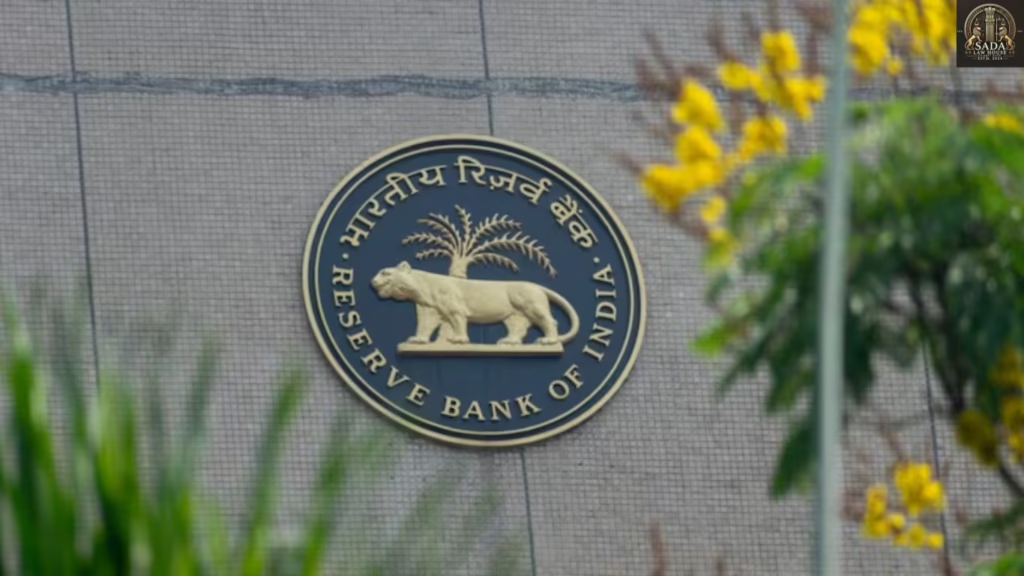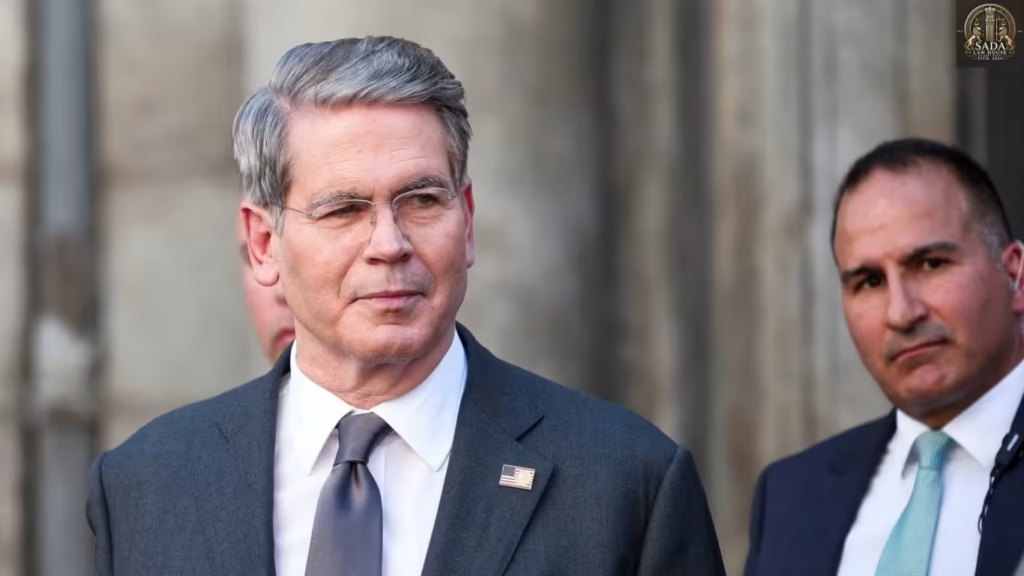Indian Rupee Strengthens Amid U.S.–India Trade Talks and Fed Rate Cut Expectations
Trending Today Indian Rupee Strengthens Amid U.S.–India Trade Talks and Fed Rate Cut Expectations RBI Sets Up Committee for Periodic Review of Regulations Pakistan Confirms India Rejected US Mediation During Operation Sindoor Deadline-Pressure Builds: Scott Bessent on U.S.-China TikTok Deal Before September 17 Tragedy in the Hills: Dehradun Floods, Landslides Leave 13 Dead, 16 Missing “Pray to Lord Vishnu”: Supreme Court Refuses to Entertain Plea to Restore Beheaded Idol at Khajuraho Supreme Court to Decide Validity of All Religious Conversion Laws; Transfers Cases from High Courts to Itself Mother Can’t Be Denied Child Custody Merely Because She Is Not as Wealthy as Father: J&K High Court We Will Have the Best ADR in the World: Supreme Court Justice PK Mishra at DAW 2025 Supreme Court Warns of Nullifying Entire Bihar Electoral Roll Revision if Illegality Found Indian Rupee Strengthens Amid U.S.–India Trade Talks and Fed Rate Cut Expectations Shristi Singh 17 September 2025 Introduction The Indian rupee gained notable strength on 17 September 2025, closing at ₹87.73 per U.S. dollar—its strongest level in over two weeks. The appreciation was largely driven by optimism around ongoing U.S.–India trade negotiations and growing expectations of a 25 basis-point rate cut by the U.S. Federal Reserve. These factors boosted investor confidence in India and other emerging markets. While exporters raised concerns over reduced competitiveness, importers welcomed lower costs. Economists, however, warned that risks such as oil price volatility and geopolitical tensions remain significant. Background Throughout 2025, the rupee faced sustained pressure from global and domestic headwinds. A stronger U.S. dollar, rising oil prices, and geopolitical conflicts in Europe and the Middle East weighed on emerging-market currencies, including India’s. U.S. monetary policy has historically influenced the rupee. Rate hikes by the Federal Reserve often divert global capital to U.S. markets, weakening currencies like the rupee. Conversely, rate cuts release liquidity, benefiting high-growth economies. Meanwhile, India’s deepening trade relationship with the U.S.—its largest trading partner with bilateral trade exceeding $190 billion in 2024—has become a crucial factor. Current negotiations focus on tariff reductions, digital trade, and disputes on agriculture and pharmaceuticals. Key Developments U.S.–India Trade Talks: Officials hinted at progress toward a framework agreement covering tariff cuts on Indian textiles and pharmaceuticals while opening space for U.S. agricultural exports. Negotiations have been described as “constructive.” Federal Reserve Outlook: Economists widely expect a 25 bps rate cut, spurred by slowing U.S. inflation and weaker job growth. Such a move could boost capital inflows to India. Rupee Movement: After trading around ₹88.30–₹88.50 in early September, the rupee strengthened to ₹87.73—its highest level since late August. Issues Export Competitiveness: IT, textile, and pharmaceutical exporters fear reduced margins due to a stronger rupee. Dependence on Global Factors: Currency gains are tied heavily to U.S. policy and global conditions rather than purely domestic fundamentals. Inflation & Oil Prices: Any spike in crude oil, which India imports heavily, could quickly offset currency gains. Current Status The rupee’s appreciation has been welcomed by importers and consumers, particularly in oil and electronics sectors. Stock markets also reflected optimism, with the Sensex and Nifty recording modest gains. The government framed the development as a sign of confidence in India’s growth, while opposition parties stressed that currency strength alone cannot address structural challenges such as unemployment and inequality. Conclusion The rupee’s rise highlights how global monetary trends and stronger U.S.–India trade ties can buoy India’s economy. Short-term benefits include reduced import costs and easing inflationary pressure, but exporters remain at risk. Sustaining currency stability will require balancing domestic reforms with external diplomacy. The trajectory ahead will depend on global oil markets, Fed actions, and India’s ability to translate trade diplomacy into long-term resilience. Leave a Reply Cancel Reply Logged in as Sada Law. Edit your profile. Log out? Required fields are marked * Message* Live Cases Indian Rupee Strengthens Amid U.S.–India Trade Talks and Fed Rate Cut Expectations Sada Law • September 17, 2025 • Live cases • No Comments RBI Sets Up Committee for Periodic Review of Regulations Sada Law • September 17, 2025 • Live cases • No Comments Pakistan Confirms India Rejected US Mediation During Operation Sindoor Sada Law • September 17, 2025 • Live cases • No Comments 1 2 3 … 5 Next »
Indian Rupee Strengthens Amid U.S.–India Trade Talks and Fed Rate Cut Expectations Read More »










